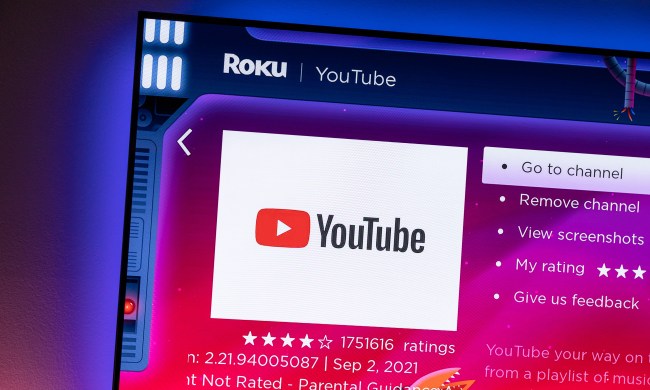

This will come as a great relief to areas in the American West, which still plays host to “one of the largest concentrations of plague-carrying animals in the modern world.” Across North America, the bacteria that causes the plague, Yersinia pestis, has been a mainstay in the since the beginning of the 20th century, and while there aren’t a great number of reported human cases of the devastating disease in the continent, the possibility remains imminent. But thanks to this new probability map, researchers hope that they can prevent a tragic repeat of medical history.
As per the map’s data, inhabitants of northeastern and southwestern California, central Colorado, and north central New Mexico should be on the lookout in the near future for the plague, whose symptoms include buboes (after which it’s named) that ooze pus and bleed. CDC data suggests that seven human plague cases are reported on average every year, and can affect individuals of all ages.
“This study used surveillance data of plague in wild and domestic animals in the American West to identify and map those areas with the greatest potential for human exposure to this infection, which can be particularly deadly when transmitted to humans,” said Michael Walsh, Ph.D., assistant professor in the Department of Epidemiology and Biostatistics in the School of Public Health at SUNY Downstate.
Relate
“The findings can be used by public health agencies to target specific areas for enhanced plague surveillance within areas and counties predicted to be at high risk, as well as by other research teams to direct the sampling of local wildlife populations for the identification of Yersinia pestis in wild animals that find themselves in close proximity to humans and human developed landscapes,” he continued.
Of course, this technology would be most useful in countries like the Democratic Republic of the Congo, which reported a shocking 10,000 cases between 2000 to 2009.
So hopefully, the next step for SUNY researchers will be to create similar maps in countries with a greater risk of the disease.

